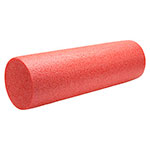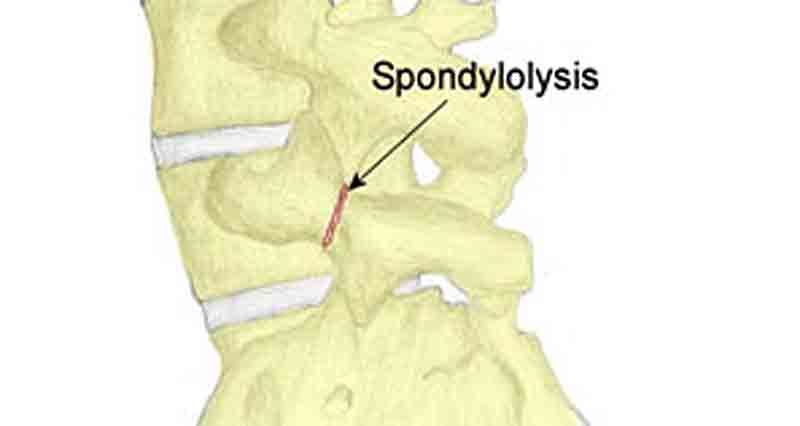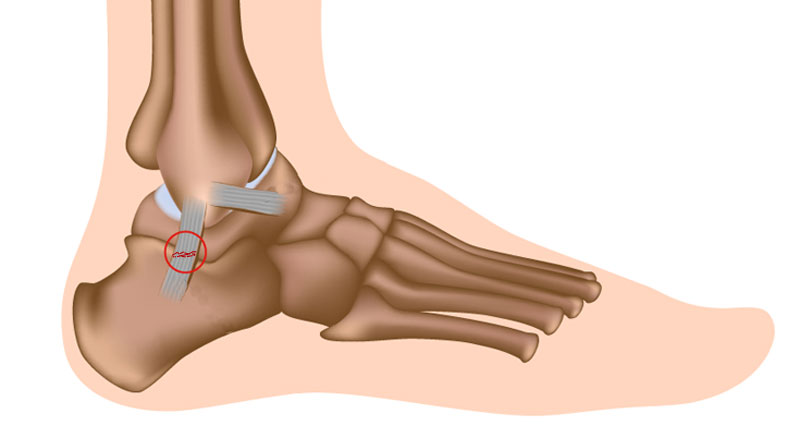Spondylolysis is a stress fracture of the pars interarticularis which is part of the spine. It is an overuse injury, more common in young athletes involved in sports requiring lots of bending backwards and rotating the spine.
Symptoms of Spondylolysis
In some cases, there are no symptoms at all. Other patients may experience any of the following:
- Low back pain, often on one side of the back
- Pain is worse with activities where the spine bends backwards & rotates
- Sudden onset of pain resulting from a specific back extension activity
- Hyperlordosis which is an excess lumbar curve in the spine
- Tight hamstring muscles
- Tenderness over the site of the fracture
Diagnosis
Your physio puts you in a position where you stand on one leg and lean backwards. If this reproduces symptoms then the test is positive.
X-ray often confirms the diagnosis, although recent injuries may not always show up.
A bone scan or better still, a ‘single photon emission computed tomography (SPECT) scan can give a more accurate image.
Pars defects can be split into early, progressive and terminal stages depending on the severity and age of the injury.
The fracture usually occurs on the opposite side to the aggravating activity, for example, it would be on the left of the spine for a right-handed thrower.
What is Spondylolysis?
Spondylolysis is a stress fracture of the Pars interarticularis in the spine. It is more common in young athletes who take part in throwing sports, including athletics, tennis, baseball and cricket.
It is important to make an early diagnosis with a pars defect because most cases of early-stage pars defects will heal resulting in bone re-union. A fracture on one side only is more likely to heal than conditions where there are fractures on both sides of the spine. Fractures at the L4 vertebra are more likely to heal than those at L5 (the lowest vertebra).
Spondylolysis in both sides of the spine often occurs with Spondylolisthesis. This is a forward slipping of lumbar vertebrae.

Foam Rollers
Treatment of Spondylolysis
Rest from aggravating activities or sports. Stretch the hamstring and gluteal muscles.
Strengthen the core muscles of the abdomen and lower back as soon as pain allows (very important).
Some therapists would argue against the use of back support braces.
When the movements which resulted in pain (extension and rotation) can be done pain-free then a gradual return to sport-specific training can be made.
Changes in the athlete’s technique should be made where appropriate to help prevent the injury from returning.








